
Iran’s Pet-Chem Exports Rising Despite Sanctions
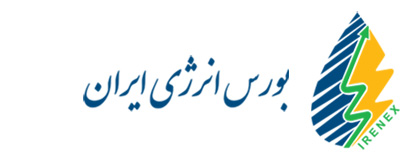
Iran’s sale of petrochemical products in a local energy exchange has exceeded $200 million in one week as the government keeps using the mechanism to bypass the American sanctions imposed on the oil and gas industry.
The report said the value of trades involving various petchem products at Iran Energy Exchange (IRENEX) in the week ending on December 11, 2019 had reached a total of 27.108 trillion rials.
It added that around 25.864 trillion rials (nearly $207 million) had been gained from sale of products at the export ring of IRENEX which is normally frequented by customers from neighboring countries.
It said major products sold to foreigners over the weekly trade period were gasoline, diesel and liquefied natural gas (LNG), adding that the total weight of the cargoes traded, including those sold to domestic customers, had topped 403,606 tons.
IRENEX, once a modest instrument used for local energy trades, has become a major component of government efforts to offset the impacts of the American sanctions on the direct sale of oil and petrochemical products.
Major Iranian refineries have been offering their high-end products for trade at the bourse where customers from neighboring countries like Iraq, Pakistan and Afghanistan are placing heavy orders for products like gasoline and LNG.
The United States imposed its inclusive sanctions on Iran’s oil sale in November last year months after Washington withdrew from an international agreement on the country’s nuclear program.
Government officials believe the sanctions, which were toughened in May, have caused a major boom in the downstream sections of the oil industry where Iran had normally lagged behind in terms of investment and production over the past decades.
On Saturday, Shahid Tondgooyan Petrochemical Company (STPC) in South of Iran announced that its output peaked to record levels in the past 8.5 months (March, 21- December 6), highlighting that the plant is going to increase its production with adding new units and technologies.
On Monday, Iran’s Noori Petrochemical Plant announced that its output records are higher than the set goals, adding that 60% of its production in the last 8.5 months have been exported.
Addressing a press conference, Noori Petrochemical Plant CEO Taqi Saneyee said that the company has produced a total of 2.9 million tons of petrochemicals in the first 8.5 months of the current local calendar year (which began on March 21).
Last week, it was announced that Iranian petrochemical plants in Pars Energy Special Economic Zone have exported 1,626,458 metric tons of products in the last local calendar month of Aban (October 21 – November 22), which indicated a 39% jump in comparison with corresponding period in the last year.
Last month, CEO of Jam Petrochemical Plant Mohammad Reza Saeedi said that Iranian petrochemical plants are defeating the US sanctions against the country as they have managed to materialize their objectives in sales and production so far.
According to the National Petrochemical Company (NPC), Saeedi said the company had developed detailed plans for enhancing its output and carrying out new projects.
“Despite the sanctions and reduced price of polymer products, our company has been able to materialize its sales and production goals,” he said.
The official further added that the sanctions had indeed created some trouble for the company, adding, that, however, by tapping domestic capabilities “we can continue on our path to prosperity and success”.
He said Jam Petrochemical Plant was focused on promoting the status quo, developing market presence, diversifying products, and production of new polymer grades.
Earlier in November, CEO of the Tondgouyan Petrochemical plant (TPC) Seyed Reza Qassemi Shahri said that the TPC, the largest supplier of PET in Iran, had recorded a superb performance in the first 7 months of the current local calendar year (March 21-October 22) with an output at 103% of its nameplate capacity.
He added that the company had boosted its output and its output exceeded the plant’s nameplate capacity in the first 7 months of the current calendar year.
In October, Caretaker of the Planning and Development Management of Iran’s National Petrochemical Company (NPC) Ali Asqar Goudarzi Farahani said that the country is expecting two leaps in its petrochemical production in 2021 and 2025 to hit the yearly output of 133 million tons in 5 years.
A week before that, Iranian Oil Minister Bijan Namdar Zanganeh had said that his country is working on the development of refineries and petrochemical complexes along Makran coasts, a region comprising about 1,500 km of shoreline along the Sea of Oman and the Indian Ocean.
Zanganeh had announced in mid-September that the country has made great progress in the production of different petrochemicals and will further expand its capacities in future.
In relevant remarks early in September, Iranian Government Spokesman Ali Rabiyee had also downplayed the effects of US sanctions against his country, stressing that Iran had many options for exporting its crude.
"Despite the espionage acts by Israel and the US, I clearly declare that we sell our oil as much as we need through planning," Rabiyee said.
He explained that Iran has 15 neighbors and is located in a region with many opportunities, and added, "We will be able to sell our oil through different methods and fortunately, there is good progress in advancing oil discoveries and plans."


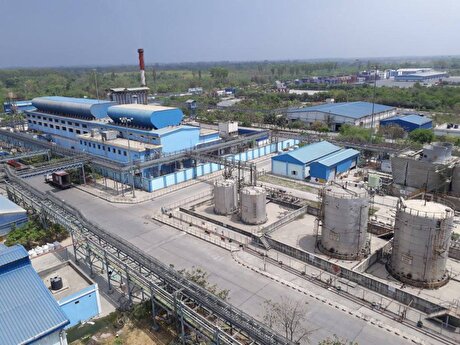
Hindustan Zinc to invest $438 million to build reprocessing plant

Gold price edges up as market awaits Fed minutes, Powell speech

Glencore trader who led ill-fated battery recycling push to exit
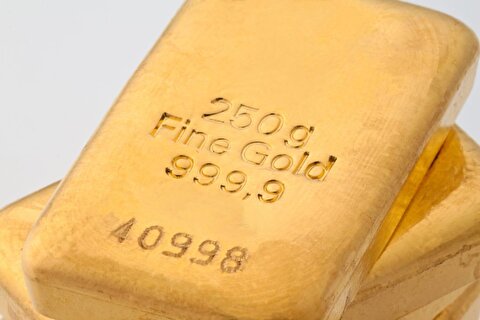
UBS lifts 2026 gold forecasts on US macro risks

Roshel, Swebor partner to produce ballistic-grade steel in Canada

Iron ore price dips on China blast furnace cuts, US trade restrictions

EverMetal launches US-based critical metals recycling platform
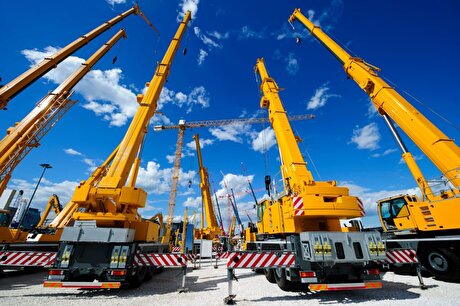
US hikes steel, aluminum tariffs on imported wind turbines, cranes, railcars
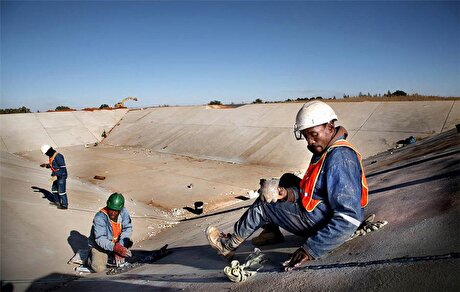
South Africa mining lobby gives draft law feedback with concerns
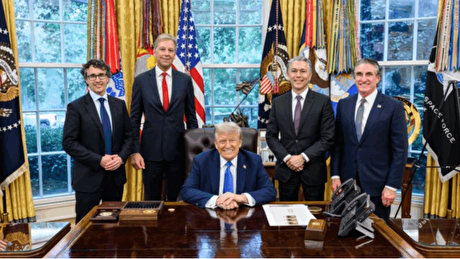
Trump raises stakes over Resolution Copper project with BHP, Rio Tinto CEOs at White House
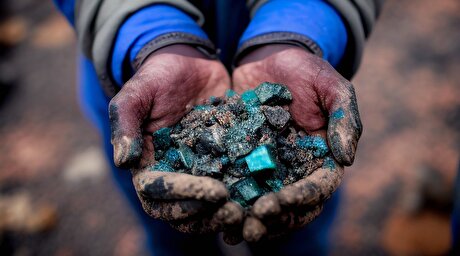
US seeks to stockpile cobalt for first time in decades

Trump weighs using $2 billion in CHIPS Act funding for critical minerals

Nevada army depot to serve as base for first US strategic minerals stockpile

Emirates Global Aluminium unit to exit Guinea after mine seized

Tailings could meet much of US critical mineral demand – study

Codelco cuts 2025 copper forecast after El Teniente mine collapse
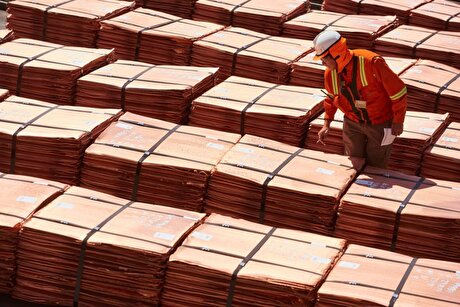
Glencore targets 1Mt of copper in Argentina over coming decade

Viridis unveils 200Mt initial reserve for Brazil rare earth project

SQM boosts lithium supply plans as prices flick higher

US seeks to stockpile cobalt for first time in decades

Trump weighs using $2 billion in CHIPS Act funding for critical minerals

Nevada army depot to serve as base for first US strategic minerals stockpile

Tailings could meet much of US critical mineral demand – study

Codelco cuts 2025 copper forecast after El Teniente mine collapse

Glencore targets 1Mt of copper in Argentina over coming decade

Viridis unveils 200Mt initial reserve for Brazil rare earth project

SQM boosts lithium supply plans as prices flick higher

Abcourt readies Sleeping Giant mill to pour first gold since 2014














